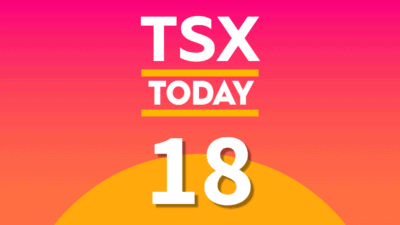Interest rates are making headlines of late as the yield on the 10-year U.S. Treasury bond has lifted from 1.70% at the end of April to its current level in the 2.20% range.
Whether it’s 1.70% or 2.20%, bond yields in general are at historic lows. And, it isn’t just government bonds. As the Bond King himself Bill Gross recently quibbed, corporate and high-yield bond yields have never been lower.
It hasn’t always been this way. There is a generation of investors out there who remember double-digit yields like it was yesterday.
Let’s roll back the clock and have a look at what the bond market looked like a little more than 30 years ago, and find out why, for the decades since, bonds have been a fabulous investment.
The good ol’ days
Back in the early ‘80’s, in order to crush the seemingly out-of-control inflation that had gripped the U.S. economy, Federal Reserve Chairman Paul Volcker decided to begin targeting bank reserves rather than the federal funds rate. This allowed interest rates to fluctuate widely and resulted in bond yields across the curve rising to unprecedented levels. The yield on the 10-year U.S. Treasury for instance soared to a record high of 13.6% on February 26, 1980.
While, Canadian data only seems to be available from the Bank of Canada going back to 1982, given the yield on a 10-year Government of Canada bond was 16.4% in June of that year, suffice it to say, the same phenomena was playing out here.
When bond yields go up, bond prices come down. These historically high yields meant that bonds were historically cheap. And when you buy into an asset class when it’s historically cheap, good things tend to happen.
As indicated in the opening, since the early ‘80’s, bond yields have been coming down, meaning prices have been going up. Big time!
In the U.S., this move from record high to record low yields has resulted in an average annual return on a 10-year Treasury of 9.0% since 1980. That’s a virtually risk-free 9.0%! This compares to the annual average non risk-free return of 12.5% from the U.S. equity market as measured by the S&P 500 over the same period.
Clearly, a portfolio that incorporated stocks and bonds over this period made a pile of sense and produced outstanding risk-adjusted returns.
Foolish Takeaway
With their yields bumping along at historic lows, the bond market is no longer the viable diversifier for equities that it once was. Over the medium- to long- term there is really only one way for bond yields to go. This is not a move that your portfolio wants to stand in front of.
The Motley Fool has created a special FREE report that will help your portfolio generate the income it would traditionally pull from the fixed income market. Simply click here to download “13 High-Yielding Stocks to Buy Today” at no charge.
The Motley Fool’s purpose is to help the world invest, better. Click here now for your free subscription to Take Stock, The Motley Fool Canada’s free investing newsletter. Packed with stock ideas and investing advice, it is essential reading for anyone looking to build and grow their wealth in the years ahead.
Follow us on Twitter and Facebook for the latest in Foolish investing.
Fool contributor Iain Butler doesn’t own any companies mentioned in this report. The Motley Fool has no position in any stocks mentioned at this time.







